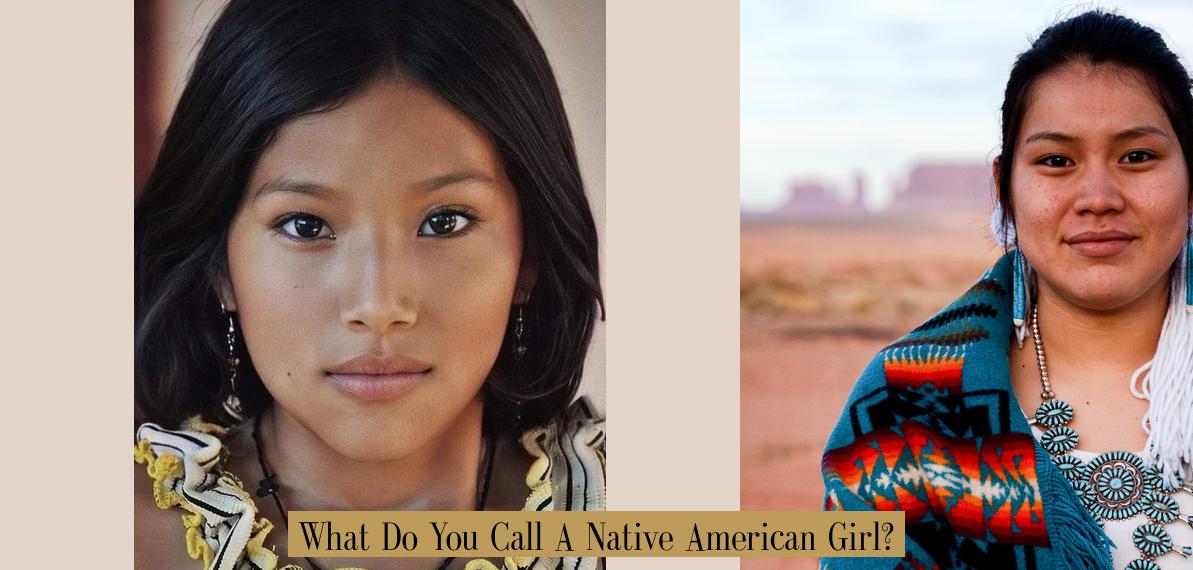What Do You Call a Native American Girl? A Journey Through Respectful Language
Let’s talk about something important: respecting the identities of Native American people. You might have come across the question “What do you call a Native American girl?” and found yourself wondering about the right terminology. This question isn’t just about language; it’s about acknowledging the rich and diverse history and cultures of Indigenous peoples.
Here’s the deal: there’s no single, universal answer. It’s like asking, “What do you call a person from Europe?” There are so many nationalities, languages, and cultures within Europe, it’s impossible to give one answer. The same goes for Native American communities.
Navigating the Minefield of Terminology
Let’s get real, folks. The history of language surrounding Native American people is marred by misappropriation, disrespect, and outright prejudice. Terms like “squaw” have a long, ugly history.
“Squaw” was used as a general term for Indigenous women in colonial texts, often with derogatory connotations. It’s a word that’s deeply offensive and rooted in a colonial mindset that viewed Native American women as objects, not individuals. It’s like calling someone from another culture a “savage.”
Using “Indian Princess” is just as problematic. It’s a romanticized and inaccurate portrayal of Native American women, often used to perpetuate stereotypes and fetishize Indigenous cultures. It’s like calling a woman from another culture a “geisha” – it reduces her to a caricature.
Respecting the Diversity of Indigenous Peoples
So, how do we get it right? It’s all about respecting the individual and the community. Here’s a breakdown of how to navigate this sensitive topic:
- Start with “Native American” or “Indigenous.” These terms acknowledge the diverse identities of Indigenous peoples across the Americas. It’s a good starting point, but remember, it’s not a one-size-fits-all answer.
- Be specific: If you know the person’s tribal affiliation, use it. For example, “Lakota woman” or “Cheyenne girl” is more accurate and respectful. This shows an understanding of the diversity and specificity of Indigenous cultures.
- Ask! If you’re unsure, the best approach is to ask the person directly. “How do you prefer to be addressed?” is a great way to show respect and learn about their individual preferences.
- Avoid using terms like “squaw” and “Indian Princess.” These terms are hurtful and perpetuate harmful stereotypes.
- Learn about the history and cultures of different Indigenous nations. Take the time to understand the diverse perspectives and experiences of Indigenous peoples. This knowledge will help you navigate these conversations with greater sensitivity and respect.
Beyond Words: Understanding the Deeper Issues
The issue of respectful language isn’t just about getting the right terminology. It’s about understanding the larger context of colonialism and its impact on Indigenous communities. It’s about recognizing the systemic inequalities and injustices that Indigenous peoples have faced and continue to face.
Using respectful language is a small step toward addressing these larger issues. It’s about acknowledging the importance of Indigenous voices and perspectives. It’s about creating a more inclusive and equitable future for everyone.
A Call to Action
We all have a role to play in dismantling harmful stereotypes and promoting respect for Indigenous peoples. Let’s make a conscious effort to use respectful language, learn about Indigenous cultures, and support Indigenous communities.
Remember, language matters. By understanding and using respectful terminology, we can create a more inclusive and just society for all.
